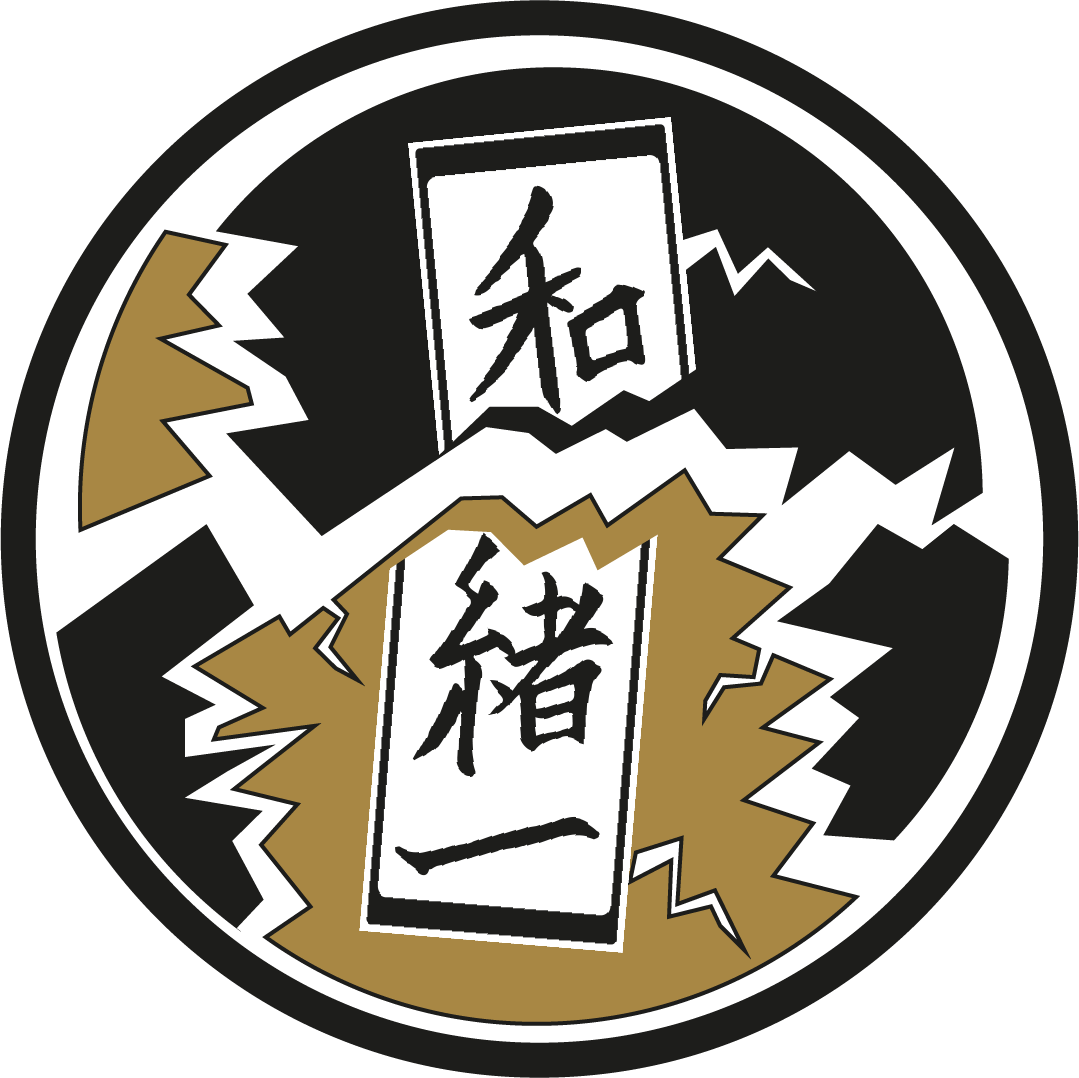Hokkaidō
©yokeboy
Hokkaidō, formerly known as Ezo, was more or less under Japanese jurisdiction since the 15th century, when its colonization by the Japanese lords began. At the time it was mainly inhabited by an indigenous population called Ainu that has been pushed almost to extinction when the settlers of the 18th and 19th century started exploiting Hokkaidō agriculturally on a massive scale.
A group of Ainu people, 1904.
Nowadays Hokkaidō is regarded as one of the top food-producing regions of Japan and most of the dairy products made in Japan come from it. The agricultural exploitation kept gaining momentum since the 18th century, taking advantage of the large plains of the region. Hokkaidō became an important spot for Japanese food-culture due to this abundance of food. One of the most famous Japanese brands of beer (Sapporo Beer) and a valued brand of whisky (Nikka) were founded in Hokkaidō, too, thanks to the possibility of growing large quantities of cereals as well as the availability of fresh and clean water sources.
Crossing of Susukino, with its famous Nikka Whisky panel.
Ainu are still present to this day, but their population has dramatically shrunk. Yet, their presence and their history can still be seen if you pay attention to such details as the names of cities and locations throughout Hokkaidō. Sapporo (札幌), the main city of the island, kept its indigenous name, although transcribed with Japanese characters. There are two hypotheses regarding the old name of the location: ‘Sapporopet’ meant vast dried river while ‘Sariporopet’ meant river of the vast reed bed, both of which refer to the Toyohira River, which flows through the city.
It is believed that Ainu populations have been taken as an inspiration by Hayao Miyazaki in the conception of the introductive part of his masterpiece, Princess Mononoke. Ashitaka, the main character, and his village resemble the imagery of Ainu tribes.
A Scene from the introductive part of Mononoke Hime. Fair use ©HayaoMiyazaki©Studioghibli©Toho
Written by Marty Borsotti




